
These rodents may be the reason Norway has one of the world's most radioactive glaciers
Traces of radioactivity from Chernobyl and nuclear explosions from the Soviet era coat the surface of the glacier. Researchers are surprised by the high radioactive levels they’ve found.
Every year, Atle Nesje holds field courses on the Hardanger Glacier. One of the glaciers he takes his students to is Blåisen.
The experienced glacier scientist from the University of Bergen (UiB) follows how the glacier changes from year to year.
Not only is the ice retreating. The surface is also changing colour and getting darker and darker.
Black dust settles on the glacier and collects in depressions in the ice. The contents of the pits are not particularly inviting.
“It's really smelly. If you dare to touch it, it is like very fine dust,” Nesje says.
But it took some time before the Norwegian researcher realized that the stinky dust contained traces of the Chernobyl nuclear accident and old test explosions from the Soviet era.
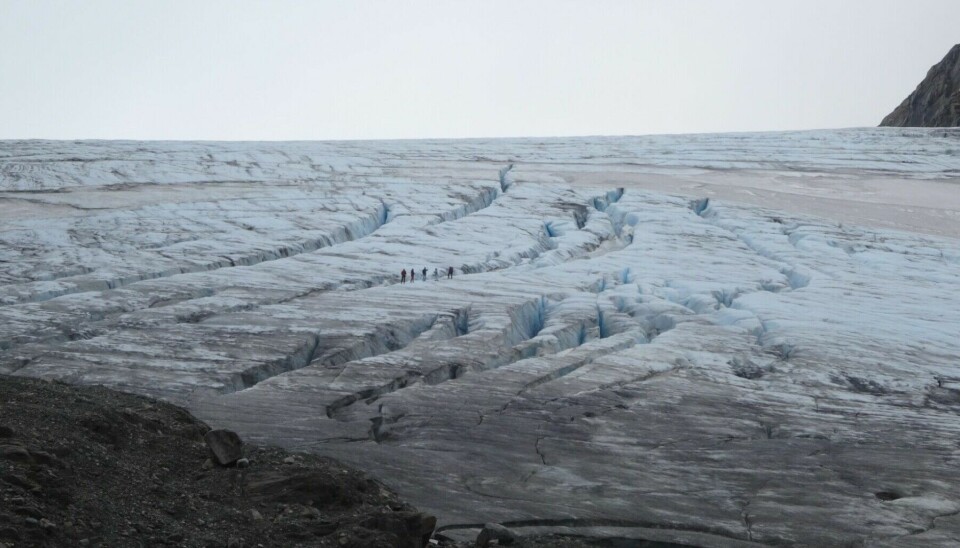
Astonished at the content
The discovery starts in 2018. Polish researchers are doing field work on the glacial arm that extends from the northeastern end of Norway's sixth largest glacier.
Here at Blåisen Glacier they collect samples of the black dust, called cryoconite.
Cryoconite holes can be found on lots of glaciers. The dust is usually a mixture of stones, bacteria and plant remains.
And this dust can be radioactive.
Polish nuclear physicist Edyta Łokas knows this well. She has been researching radioactivity on glaciers for seven years.
Nevertheless, the Polish researcher was astonished when she examined the contents of the Norwegian glacier holes collected by her colleagues.
- RELATED: Now researchers know what’s underneath Jostedalsbreen, the largest glacier in continental Europe
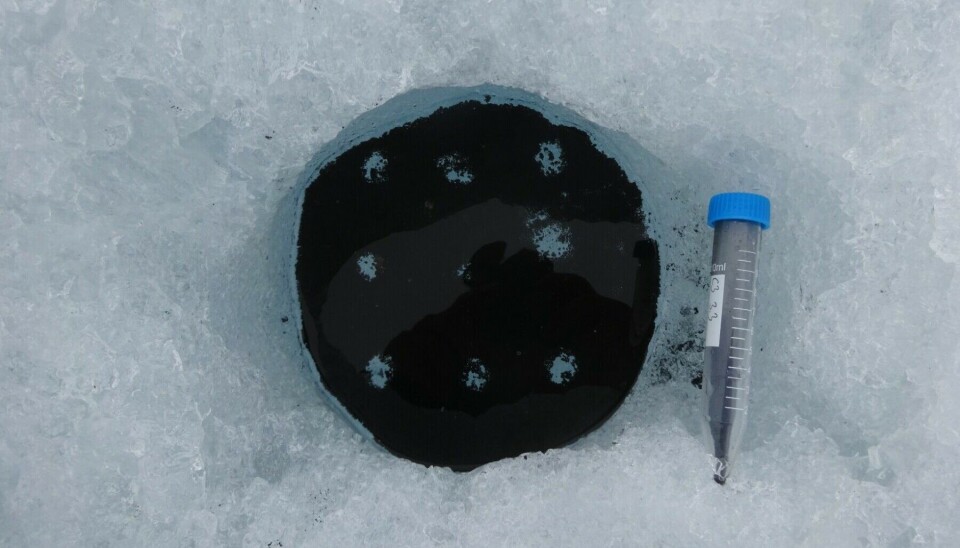
Remains from Chernobyl
The samples were extremely radioactive.
“The results surprised me because the radioactivity levels were among the highest measured in the northern hemisphere,” Łokas says from the Polish Academy of Sciences in Kraków.
Only one glacier in the Austrian Alps has measured higher levels.
Much of the radioactivity on Blåisen Glacier comes from the isotopes of caesium and plutonium. These substances are not found in nature.
They originate from the nuclear accident in Chernobyl in 1986 and from test explosions during the Soviet era. Those included atomic bombs that were tested on the Russian archipelago of Novaya Semlya, which is located in the Arctic Ocean.
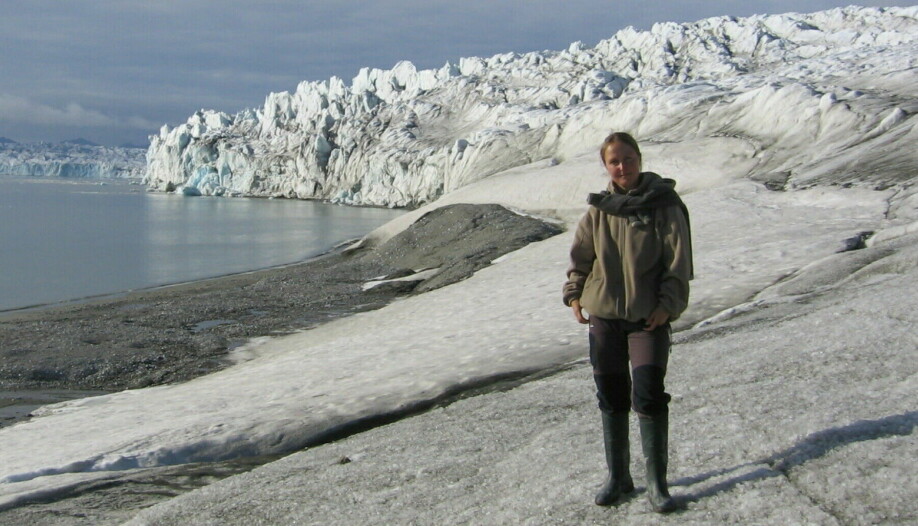
Radioactivity in Norwegian soil
Radioactive substances were transported from the Soviet Union to Norway by air many years ago.
Norway was one of the countries hardest hit by radioactive fallout after the Chernobyl accident, according to the Norwegian Radiation and Nuclear Safety Authority.
Caesium, which originated from the accident, is found in the soil in large parts of the country. The radioactive substance is taken up by plants and fungi which in turn are eaten by animals.
However, much less radioactivity is found in Norway now than right after the accident.
So why is the Norwegian glacier so extremely radioactive?
Small rodents die on the ice
Back at Blåisen Glacier in 2018, the Polish researchers notice a strange phenomenon.
A whole lot of dead Norwegian lemmings are scattered around on the ice. The scientists also find remains of the small rodents, which were beginning to resemble the black dust.
In the samples of the dust from the pits in the ice, they find something that distinguishes this glacier arm of the Hardanger Glacier from many other glaciers.
The researchers have detected a very high content of organic material in the black substance. In other words, large parts of the stinking cryoconite come from something that was alive – either plants, microorganisms or animals.
They join researchers from Italy and the United Kingdom to publish a study with their findings in the scientific journal Science of the Total Environment.
There the scientists launch a theory: lemmings are to blame for the high level of radioactivity on Blåisen Glacier.

Close up and personal with the lemmings
“Lemmings eat grass and blueberries and absorb radioactivity,” says Łokas.
The radioactivity simply accumulates in the small bodies.
Nesje confirms that there are a lot of lemmings on Blåisen Glacier.
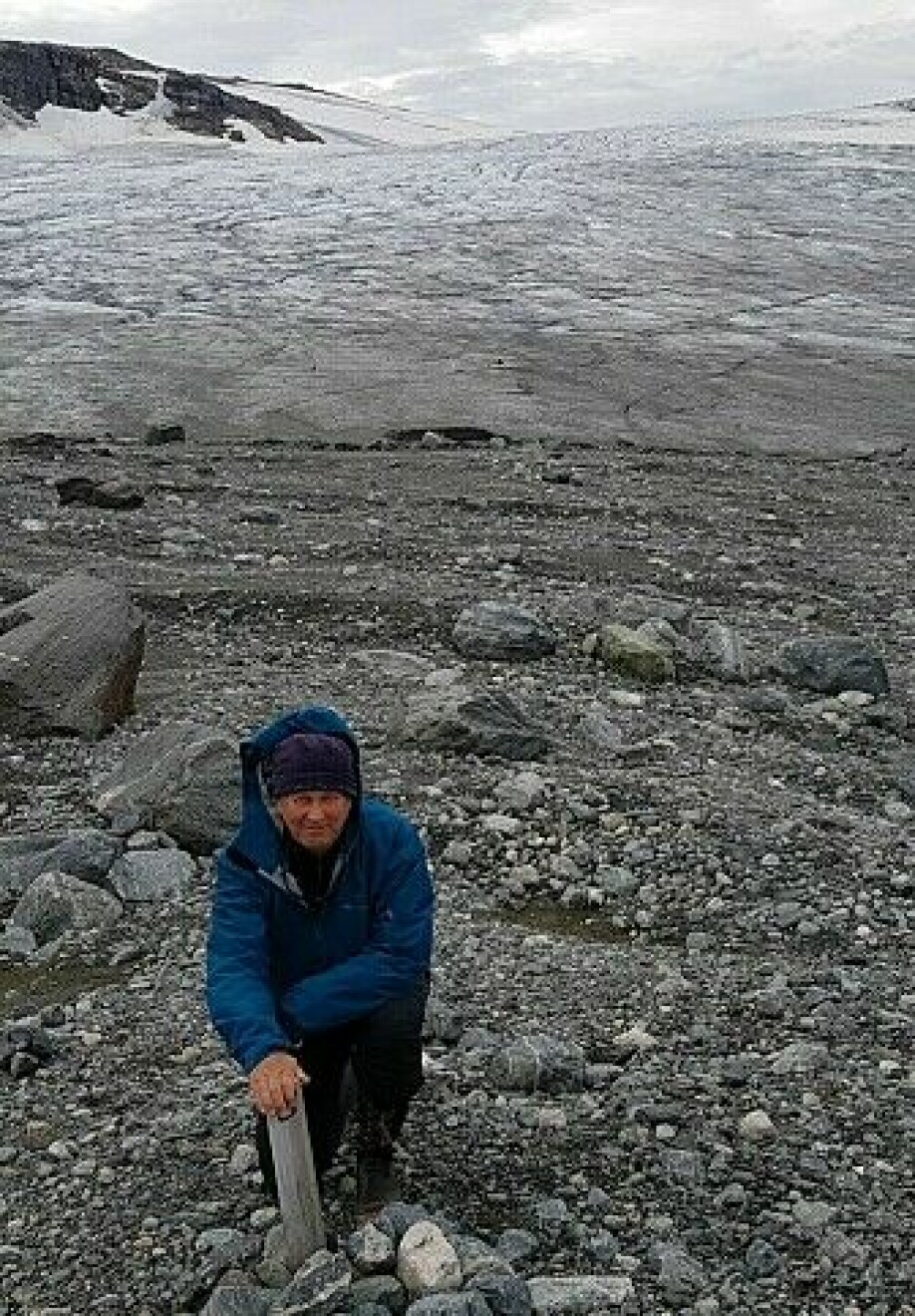
“We found lots of dead lemmings scattered around on the ice. They strayed out onto the glacier and then they didn’t get off in time and died of cold or hunger. In a lemming year, it’s packed with lemmings,” says the UiB scientist.
When the small rodents die out on the glacier, the surface darkens and the sun heats the ice more. The bodies remain in the holes and decompose.
The bulk of the animal rots away, but the radioactive substances don’t disappear.
Nesje believes that this theory holds water.
Smelled up the lab
The Norwegian researcher also had another experience when he tried to find out how much organic material was in the dust from the pits that could strengthen the lemming theory.
When he started burning the black substance in an oven in the lab, the experience became a little too intense.
“It smelled so bad in the lab that I had to take it out. Ordinary organic material from plants doesn’t tend to smell that strong. So that was most likely a dead lemming,” says Nesje.
Can spread to fish
But what is the actual impact of the Norwegian glacier being so radioactive?
Łokas believes the level of radioactivity could harm animals and plants in the surrounding area. She is particularly concerned about how it might affect life in the nearby fjords.
The glacier is melting and shrinking from year to year.
“The material is accumulating in small lakes on the glacier. It’s highly concentrated material that can be transported to the surroundings and out into the fjords,” Łokas says.
Once in the ocean, the radioactive substances can be ingested by fish and other life in the sea.
Nesje, who constantly travels around on the glacier, says that the new study reinforces good advice on how to behave on a glacier:
You need to wear gloves on the glacier and never drink glacial water.
RELATED: Glacial archaeology is a thing. Ice melts - objects appear. More in these stories:
- Activity over this mountain pass was at its peak during the Viking Age
- People have lost arrows and other objects at this spot in Jotunheimen — for more than 6000 years
- Discoveries from 1,400-year-old ice surprise scientists
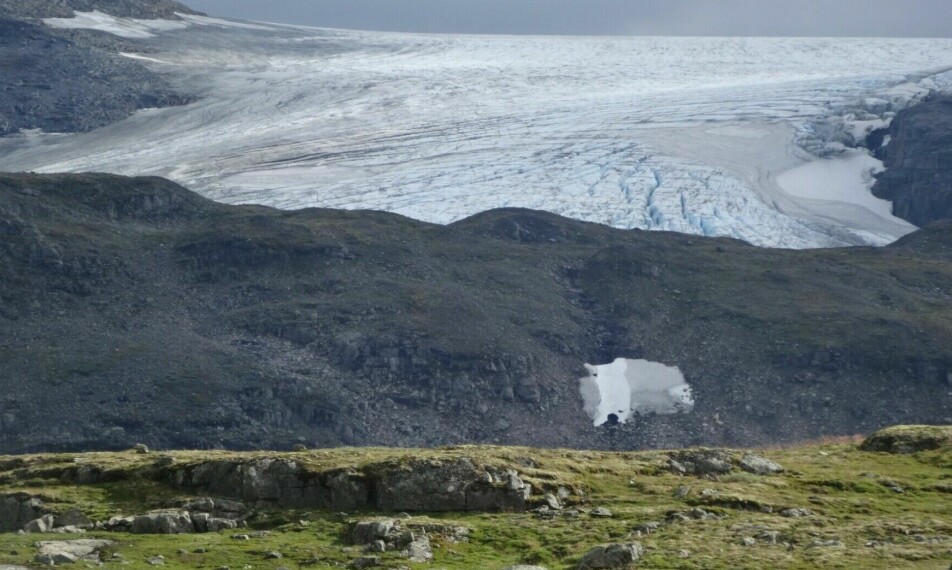
Reference:
Edyta Łokas et.al.: Unveiling the extreme environmental radioactivity of cryoconite from a Norwegian glacier. Science of the Total Environment, 2021. (Summary)
———
Read the Norwegian version of this article at forskning.no
































